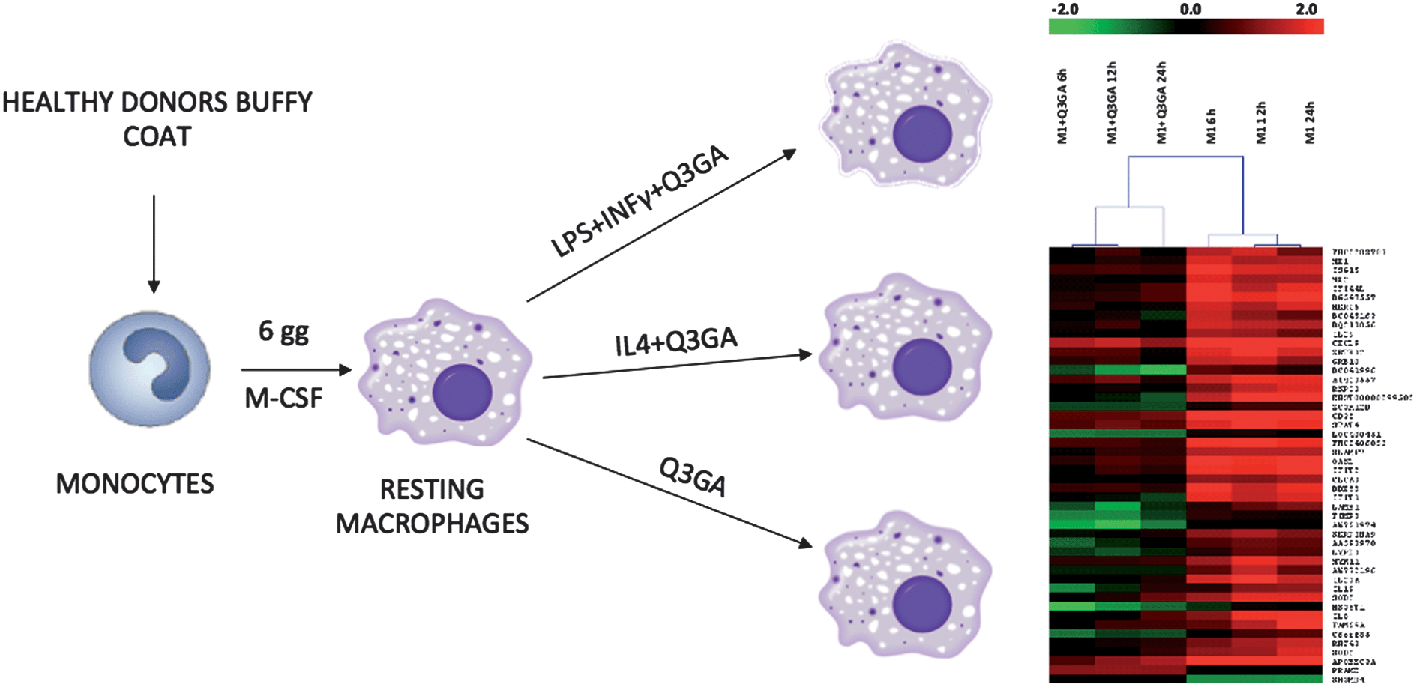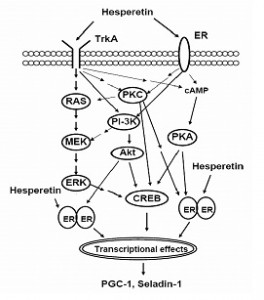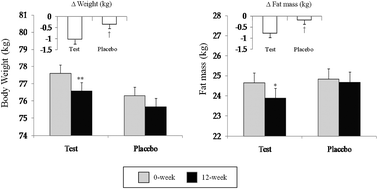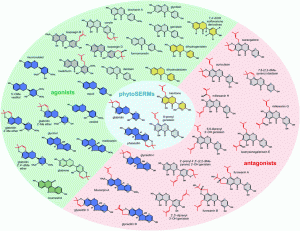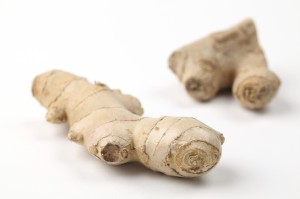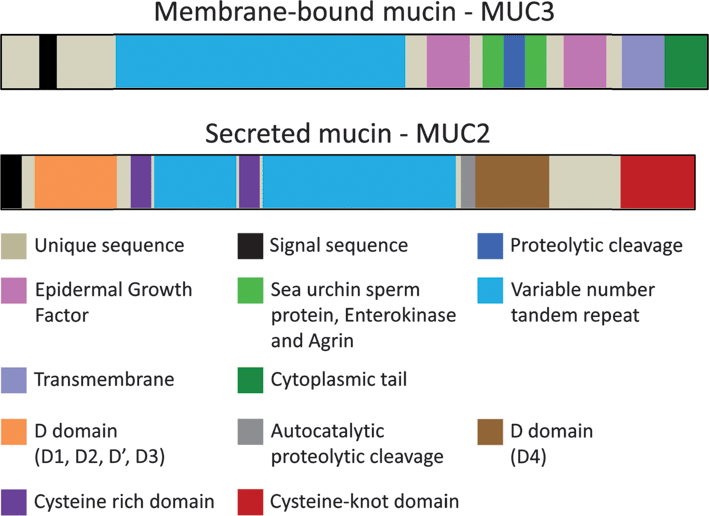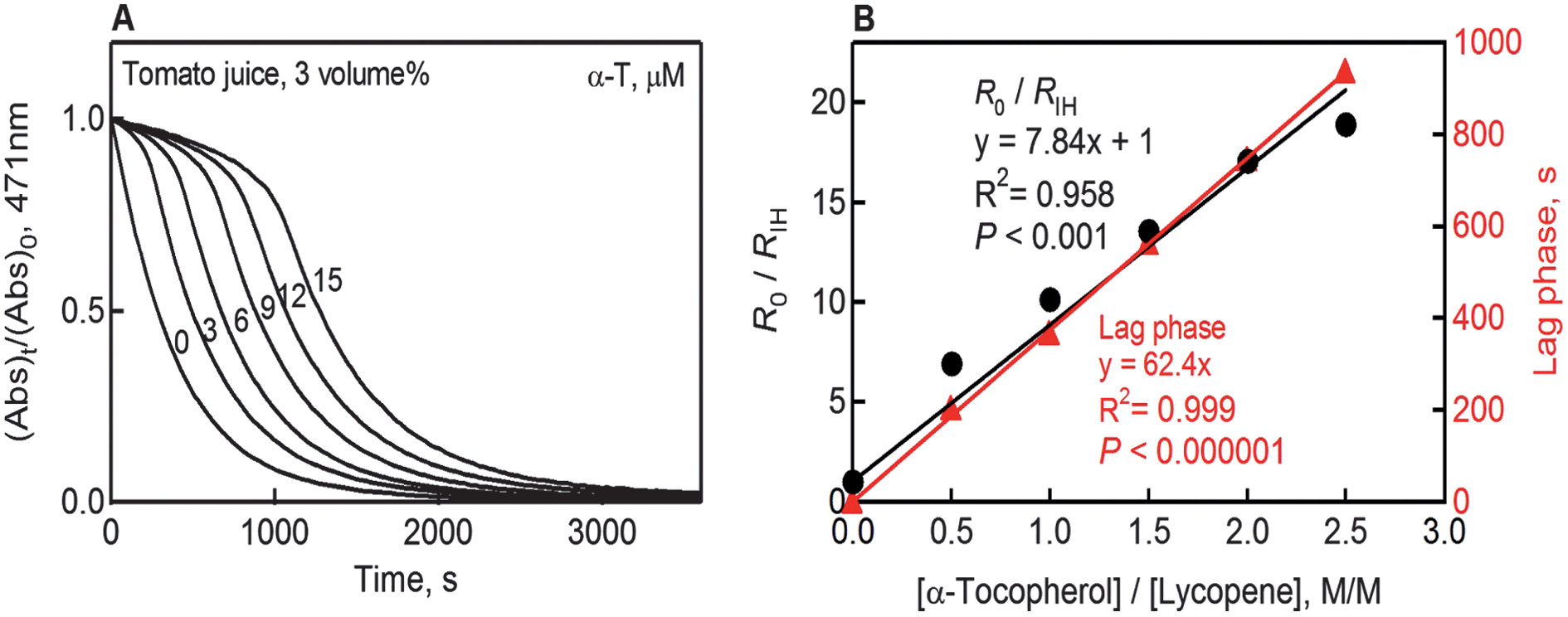 Carotenoids, highly pigmented compounds found in various foods such as carrots, tomatoes and apricots, have received a lot of attention recently due to their natural antioxidant properties. Because of their highly conjugated polyene structures these compounds act as singlet oxygen quenchers and radical scavengers and play an important role in the prevention of oxidative stress, which in turn prohibits the pathogenesis of various diseases. However, unlike phenolic antioxidants, carotenoids do not have a reactive hydrogen to donate to a radical, which makes it difficult for conventional probes to assess the radical scavenging capacity of these compounds. Therefore a deeper understanding of the radical scavenging mechanism is required.
Carotenoids, highly pigmented compounds found in various foods such as carrots, tomatoes and apricots, have received a lot of attention recently due to their natural antioxidant properties. Because of their highly conjugated polyene structures these compounds act as singlet oxygen quenchers and radical scavengers and play an important role in the prevention of oxidative stress, which in turn prohibits the pathogenesis of various diseases. However, unlike phenolic antioxidants, carotenoids do not have a reactive hydrogen to donate to a radical, which makes it difficult for conventional probes to assess the radical scavenging capacity of these compounds. Therefore a deeper understanding of the radical scavenging mechanism is required.
In this work, scientists from Osaka, Japan, have investigated the radical scavenging capacity of commercial tomato juice and two major carotenoids (b-carotene and lycopene). By taking into account the strong light absorption of carotenoids in the visible spectrum the authors developed a technique using the bleaching of carotenoids by free radicals in the presence of a reference antioxidant, a-tocopherol. Their results show that the free-radical scavenging activity of carotenoids is aproximately a tenth of a-tocopherol in model systems and commercial tomato juice.
Read the full article for free until 11th September by clicking the link below:
Capacity of peroxyl radical scavenging and inhibition of lipid peroxidation by b-carotene, lycopene, and commercial tomato juice, Mizuki Takashima, Mototada Shichiri, Yoshihisa Hagihara, Yasukazu Yoshida and Etsuo Niki, Food Funct., 2012, DOI: 10.1039/C2FO30119A.
You may also be interested in the following article published in Food & Function earlier this year:
Xanthones as antioxidants: A theoretical study on the thermodynamics and kinetics of the single electron transfer mechanism, Ana Martínez, Elizabeth Hernández-Marin and Annia Galano, Food Funct., 2012, 3, 442-450
You can keep up to date with the latest developments from Food & Function by signing up for free table of contents alerts and monthly e-newsletters.












